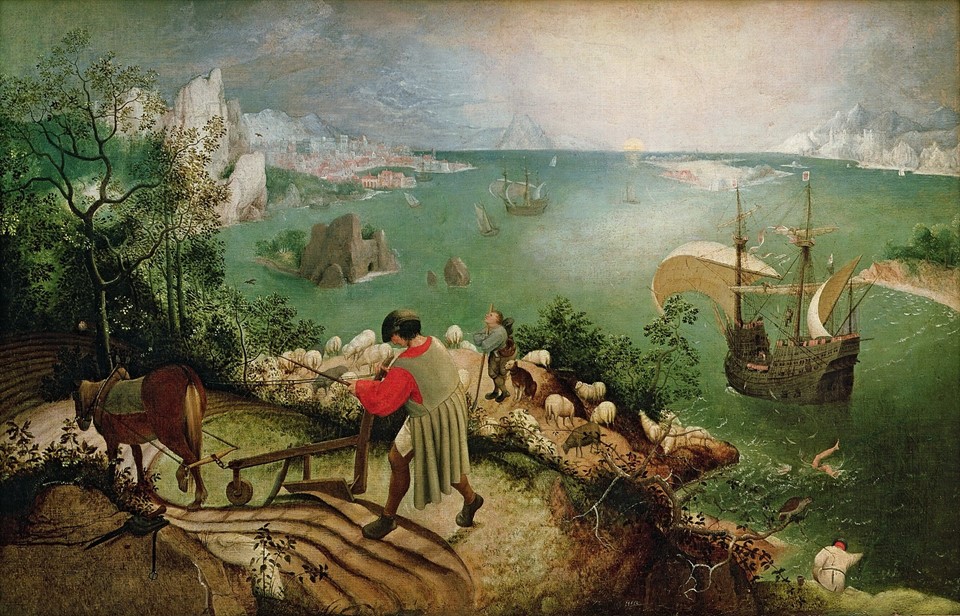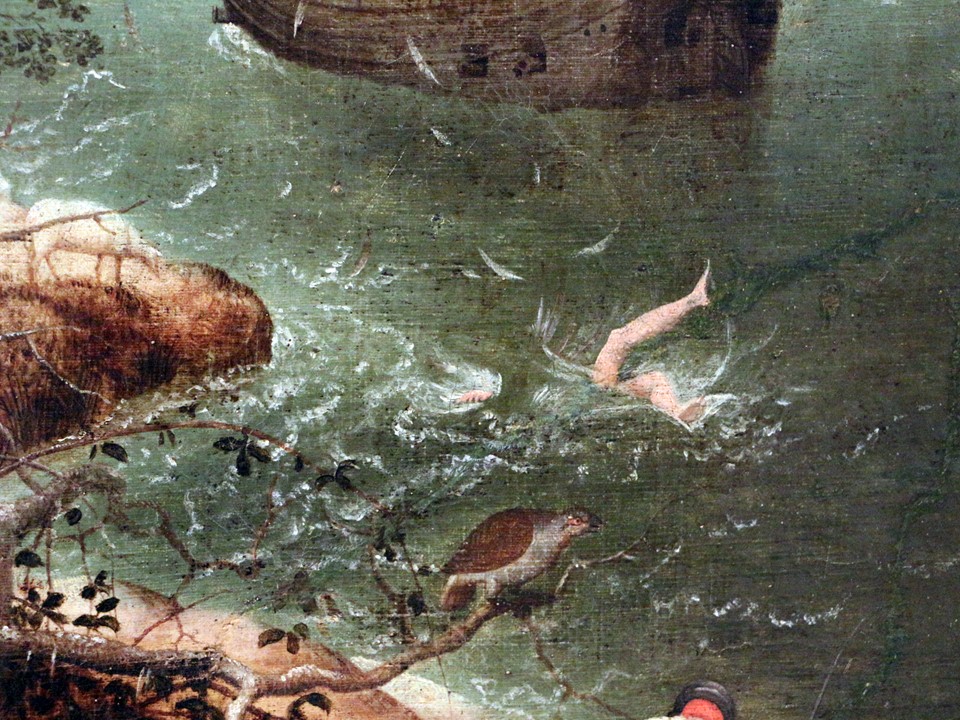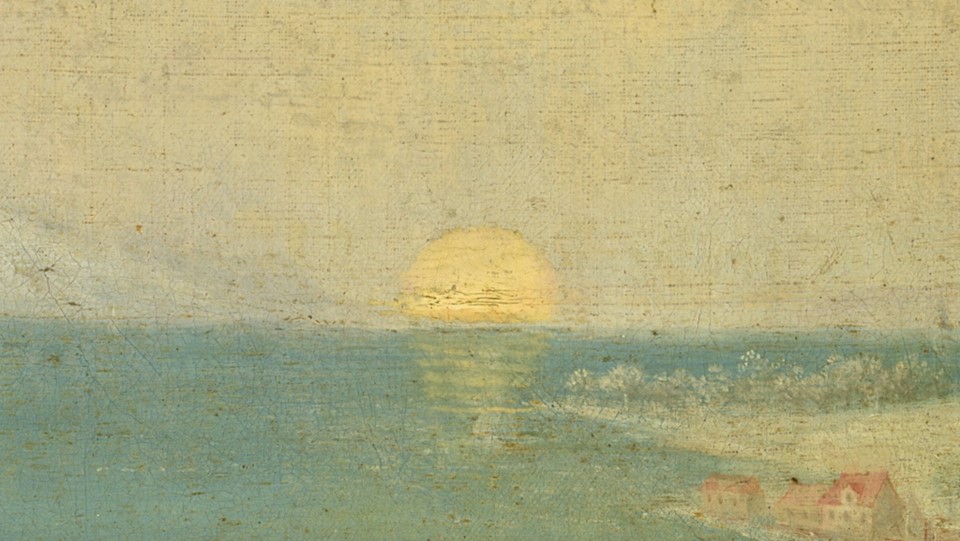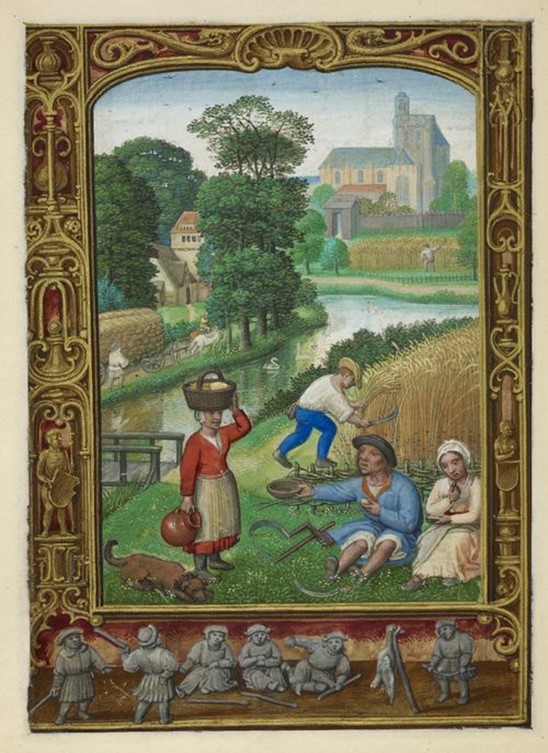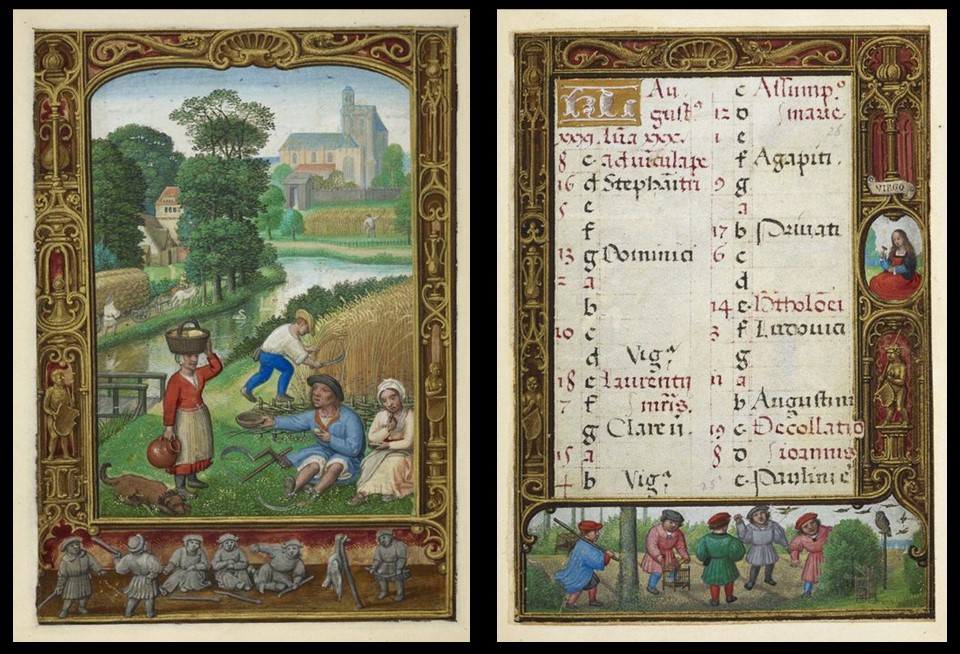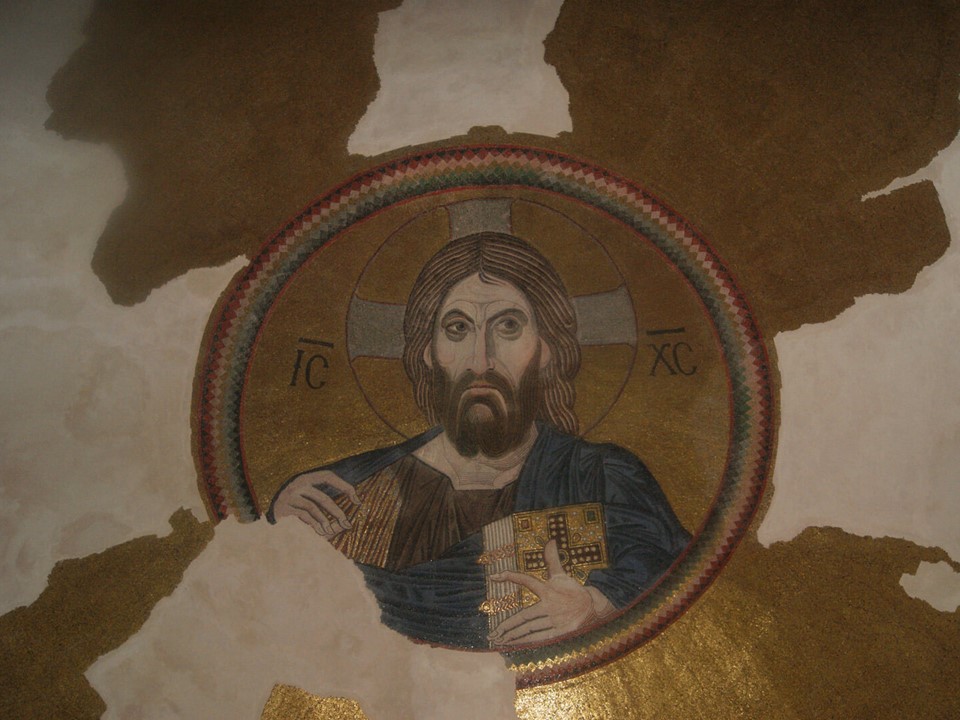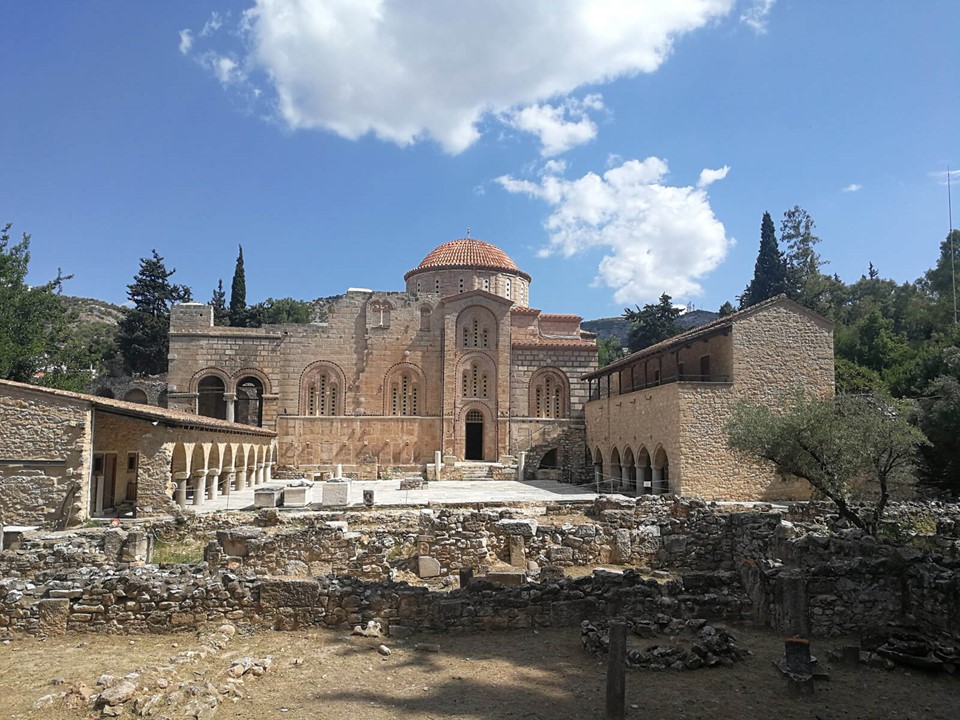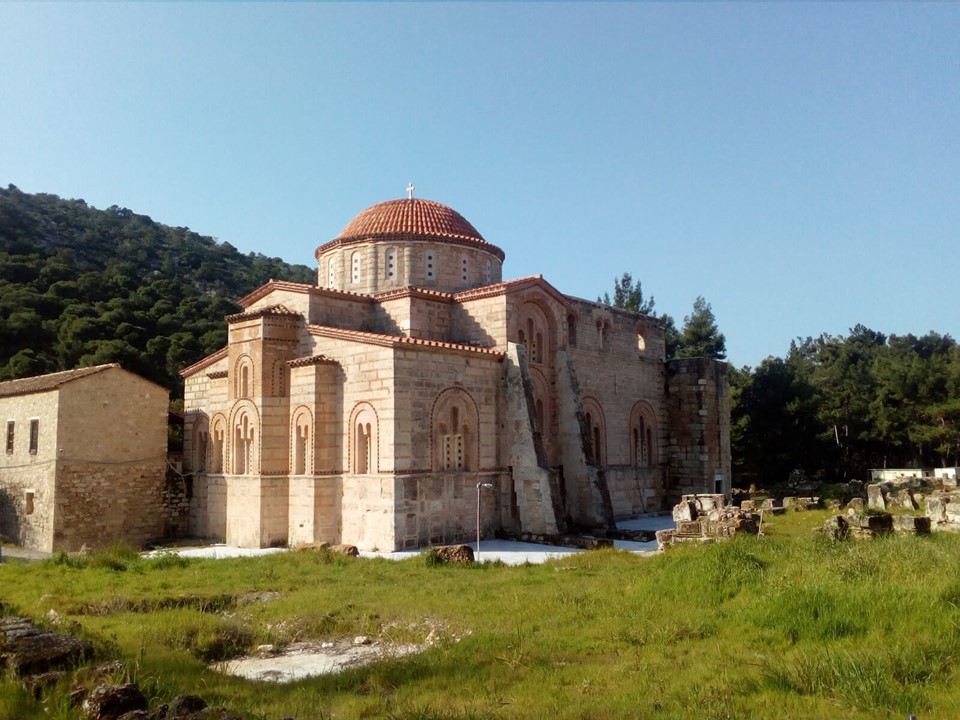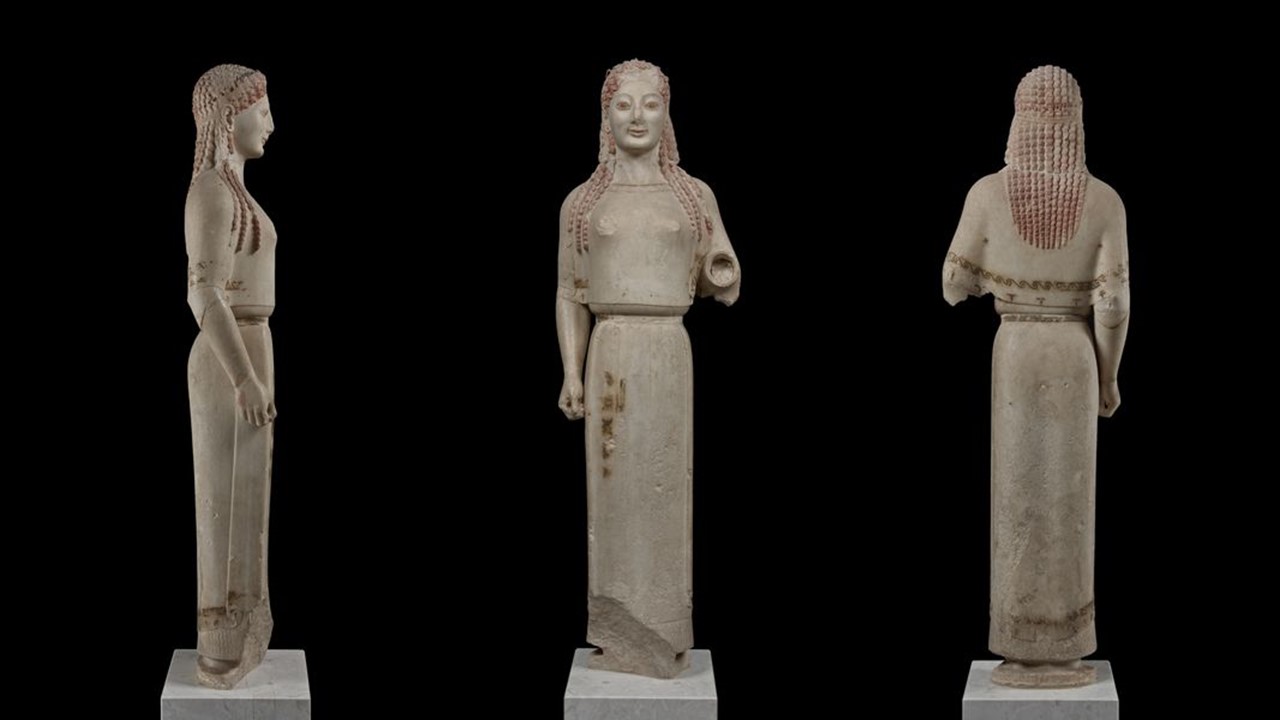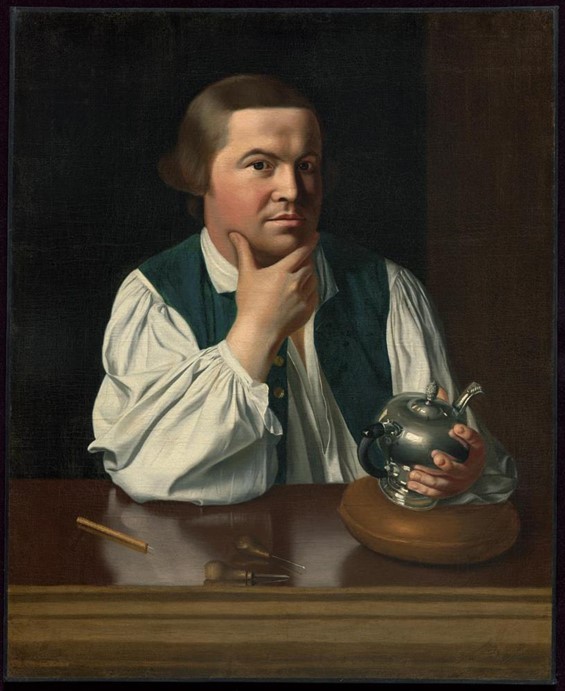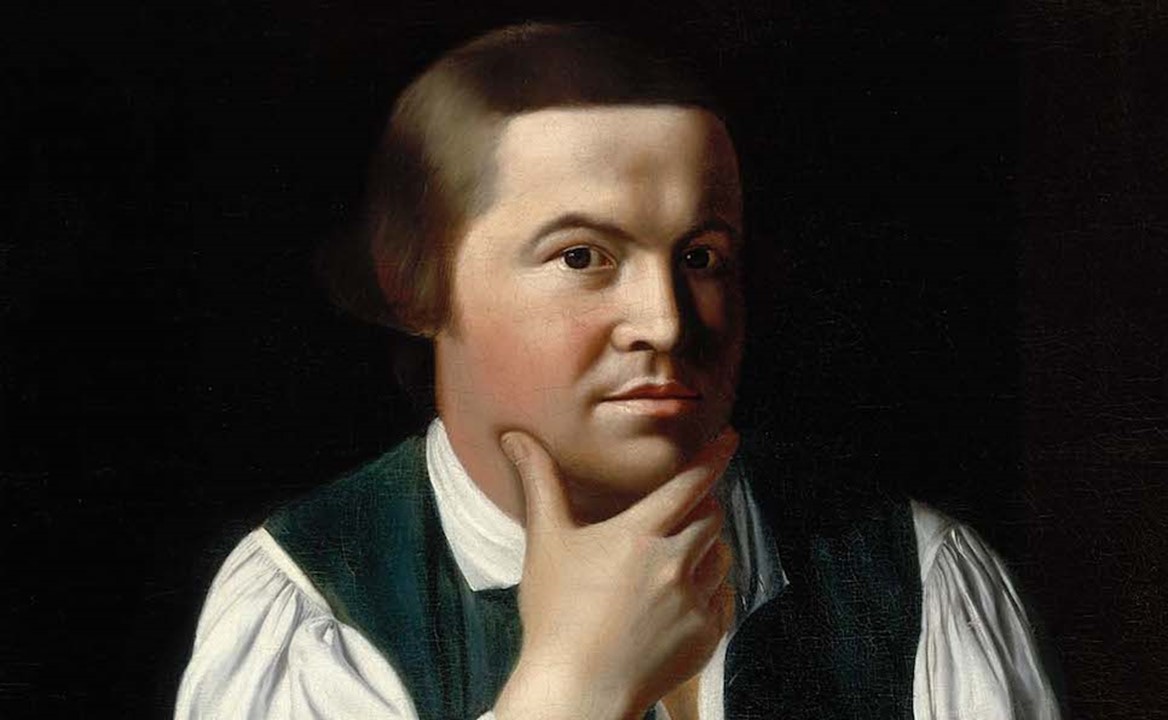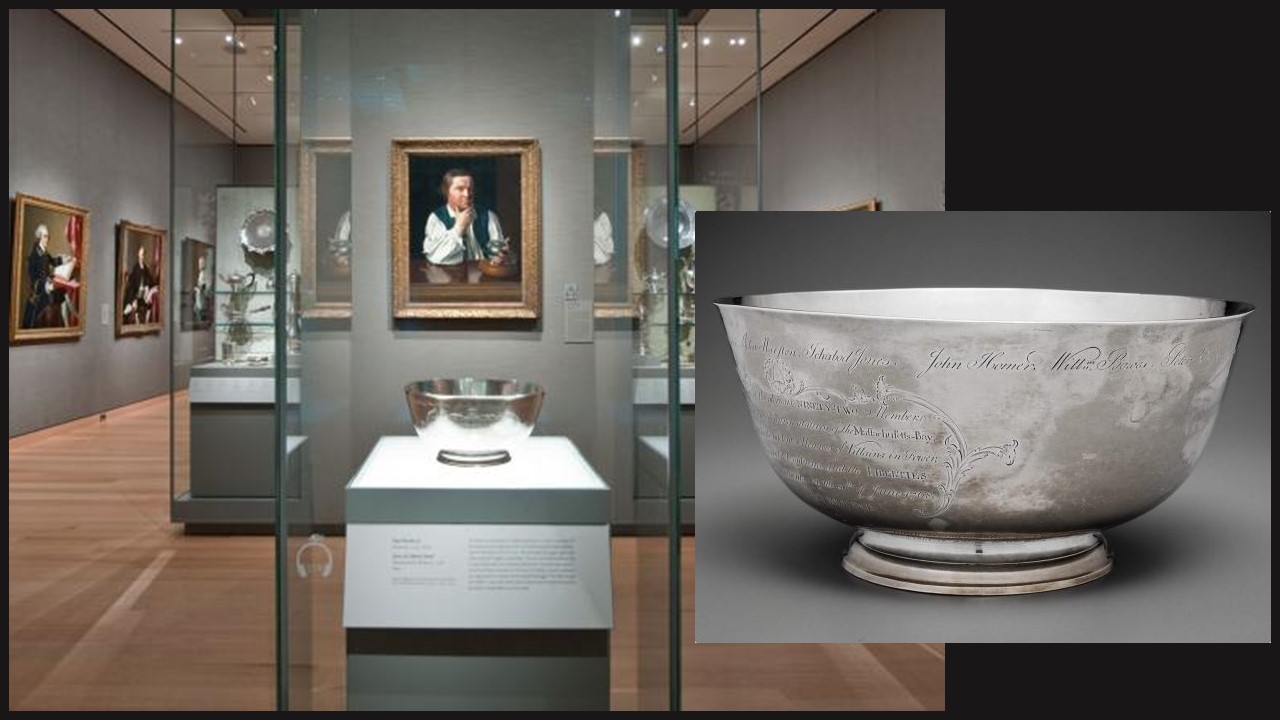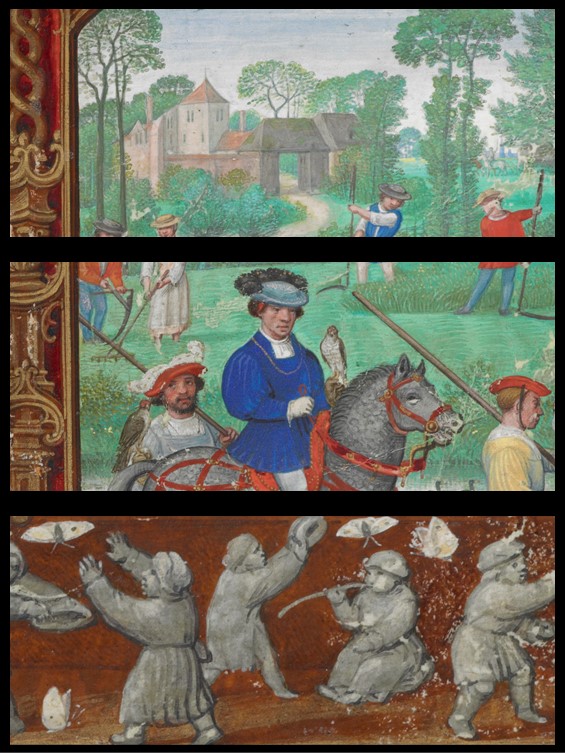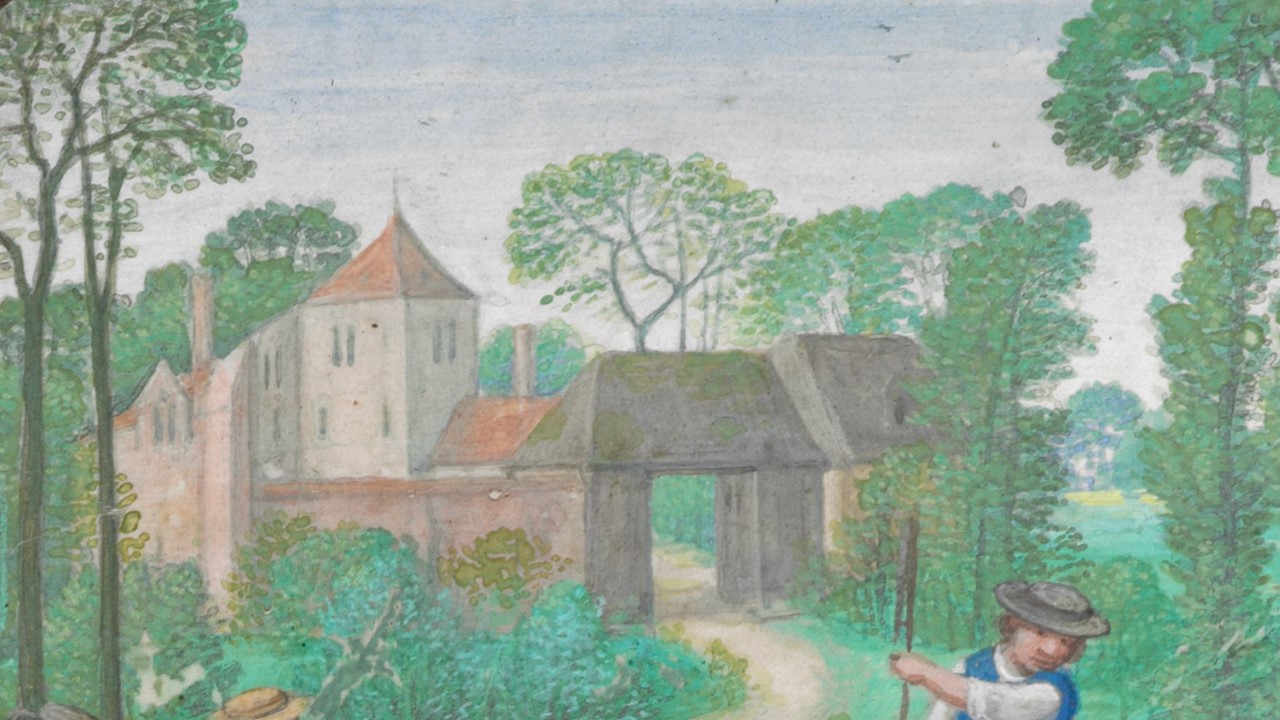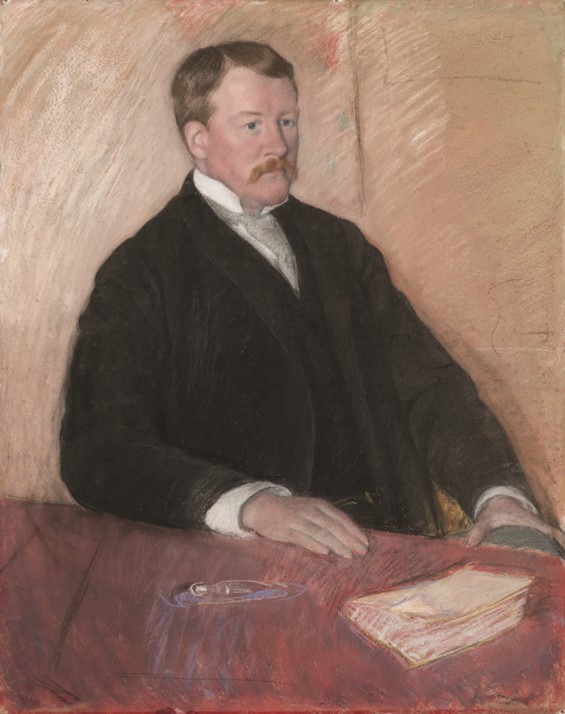
In 1939, John Hanson writes, Mildred Bliss brought this plaque, The Hodegetria Plaque, to Princeton for advice from the most important authority on Byzantine ivory carving at the time, Kurt Weitzmann who, with Adolf Goldschmidt, had published the corpus of Byzantine ivories in 1930 and 1934. He later recalled Mrs. Bliss showing him the piece: When I showed my enthusiasm for this entirely unknown ivory I was courteously reprimanded for having made my judgment too quickly—“It would have taken Dr. Goldschmidt a little longer to make up his mind.” http://museum.doaks.org/objects-1/info?query=Portfolios%20%3D%20%222608%22&sort=0&page=5
This amazing Ivory Plaque intrigued me… particularly John Hanson’s reference to the Louvre Ivory relief of St. Theodore… Weitzmann succeeded, Hanson writes, in identifying a relief of St. Theodore in the Louvre as one of the wings for the Dumbarton Oaks ivory. Fascinated, I searched the Louvre Byzantine Collection of Ivory carvings and digitally “reunited” the left wing (in the Louvre) of the original triptych, with the Dumbarton Oaks central plaque. Both Ivories show exceptional quality of artisanship – seen in the subtlety of the drapery folds and the noble bearing of the figures – suggesting an aristocratic owner, perhaps even an emperor.http://museum.doaks.org/objects-1/info?query=Portfolios%20%3D%20%222608%22&sort=0&page=5 and https://collections.louvre.fr/en/ark:/53355/cl010112514

The Hodegetria with St. John the Baptist and St. Basil, Second half of 10th century, Ivory, 16.3×10.5 cm, Dumbarton Oaks, Washington, DC, USA http://museum.doaks.org/objects-1/info?query=Portfolios%20%3D%20%222608%22&sort=0&page=5
The Louvre Ivory wing presents St. Theodore as a dignified, and bearded mature man, standing tall, facing the viewer. His head is, however, turned to the left, and presented slightly bent. Although St. Theodore is a military saint, is presented, in this case, wearing civilian clothes. I particularly like his coat… fastened on the right shoulder, and beautifully embellished with embroideries like the “tablion” element, noticeably, and centrally placed. https://collections.louvre.fr/en/ark:/53355/cl010112514
The Dumbarton Oaks ivory group of Panagia Hodegetria with St. John the Baptist and St. Basil is equally impressive! It is an understated, yet majestic Deësis (intercession) scene. St. John the Baptist, and St. Basil, their heads bent and hands pleading, take the role of intercessors…. while the Hodegetria, tall and elegant, rises over them.
Searching for information and answers… I was charmed by the way Hayford Peirce, and Royall Tyler described the Ivory Plaque as possessing… unobtrusive grace, a reconciliation of the extremes of elegance and austerity and suppleness to drapery, by introducing shallow folds between the deep ones. An Ivory of the Xth Century by Hayford Peirce and Royall Tyler, Dumbarton Oaks Papers, Vol. 2, Three Byzantine Works of Art (1941), pp. 11+13-18 (29 pages) https://www.jstor.org/stable/1291034?read-now=1&refreqid=excelsior%3Adddb1a0fffb6beb88c85fcb7f5253cca&seq=2
An article titled Two Images of the Virgin in the Dumbarton Oaks Collection by Sirarpie der Nersessian in Dumbarton Oaks Papers, Vol. 14 (1960), pp. 69+71-86 was equally interesting. The author describes the Hodegetria as exhibiting the finest qualities of the sculpture of the tenth century… https://www.jstor.org/stable/1291145?read-now=1&seq=5
For a Student Activity on Panagia Hodegetria with St. John the Baptist and St. Basil, please… Check HERE!
